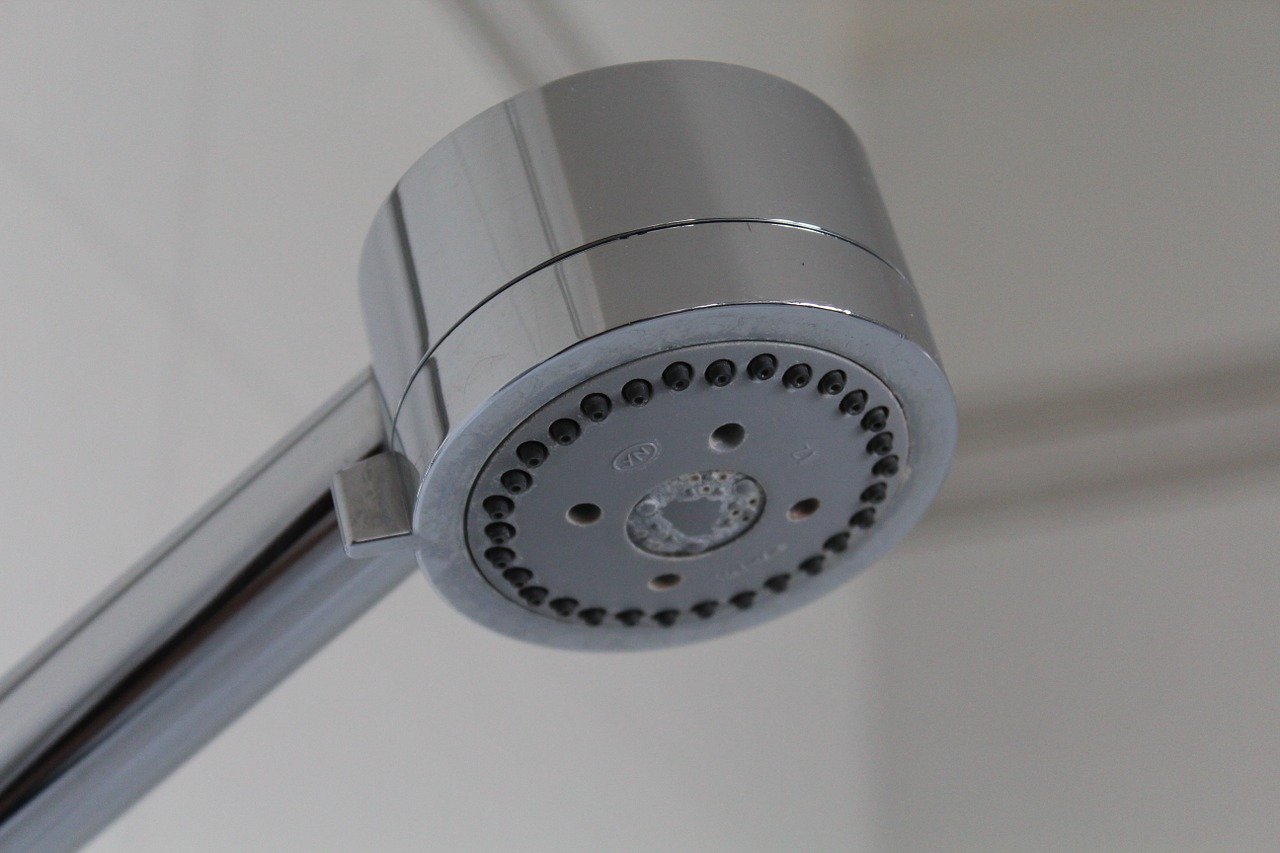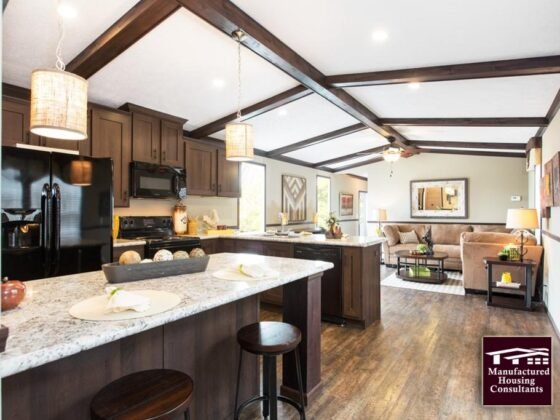Table of Contents Show
Imagine you’re preparing for a lovely, hot shower after a long day but it’s nothing more than a disappointing trickle. Your shampoo takes forever to wash out and the water is tepid by the time it meets your body. Very, very unpleasant!

As you can imagine, a lackluster rinse in the shower can lead to skin and scalp irritation due to residual soap not properly washed off.
However, issues with your shower pressure typically don’t happen overnight. In that case, you’ve come to the right spot.
In this article, we cover some causes of decreased shower pressure and some tips on how to fix the issue.
Common Causes of Low Shower Pressure
Pressure Valve Malfunction
Your home will have a water pressure regulator meant to keep your water pressure between 40 to 65 psi.
If you live in a single-family home and you experience a sudden decrease in shower pressure, you’ll need a plumber. A malfunctioning water pressure regulator can cause a wide range of plumbing issues.
Leaks
It stands to reason that if the water is leaking somewhere on your property, that’s water that isn’t reaching your showerhead!
Check thoroughly for leaks and have them repaired as soon as possible, as you risk costly water damage with each passing day.
Apartment/City Living
If you live in an apartment building you may experience shower water pressure issues from time to time. This can be caused by old piping or showering at peak times.
Mineral Buildup in Pipes or Showerhead
Mineral buildup can happen in old, heavy piping systems or pipes made of steel. Copper and PVC aren’t as susceptible, but can still be affected.
A pipe clogged with mineral buildup can cause a plethora of issues, and severe cases usually require the intervention of a plumber.
The Surrey-based professionals at Mr. Morrow Plumbing Ltd. clear their client’s encumbered drains with hydro machines that blast anywhere from 2000 to 4000 psi!
Mineral buildup can also occur around your showerhead. This is incredibly common and if it isn’t related to buildup within your pipes, usually easily fixed.
Read Also:
Common Low Shower Pressure Fixes
Clean Your Showerhead
This should be your first step! Cleaning your shower head is quick, easy, and will quickly let you know if that was your issue or if you need to dig deeper.
Remove your shower head and disassemble. Soak in a vinegar and baking soda solution or a limescale cleaner. Both are cheap and very easy to find at your local grocery store.
Check for Any Flow Restrictors
Some showerheads come equipped with a flow restriction mechanism to help consumers save money on their water bill and reduce overall water consumption. However, this isn’t doing you any good if you live in an area with low water pressure.
Remove the restricting mechanism by following the owner’s manual to the showerhead or by doing a quick search online.
Invest in a High-pressure Showerhead
Sometimes, the issue doesn’t lie with leaks, clogged pipes, or anything within your control. When that happens, it’s time to consider switching showerheads.
Purchase a Pressure Booster
These are ideal for those who own their own home and are looking for a permanent solution to water pressure issues. While on the costly side, it will provide a marked improvement to shower time.
Pressure boosters are best installed by a professional.
Conclusion
No one enjoys a tricky, unsatisfying shower. Try these methods to increase your water pressure and be sure to investigate any deeper plumbing issues that may be causing your low water pressure.
Remember to always consult with a plumbing professional if you’re uncertain about fixing an issue yourself!










